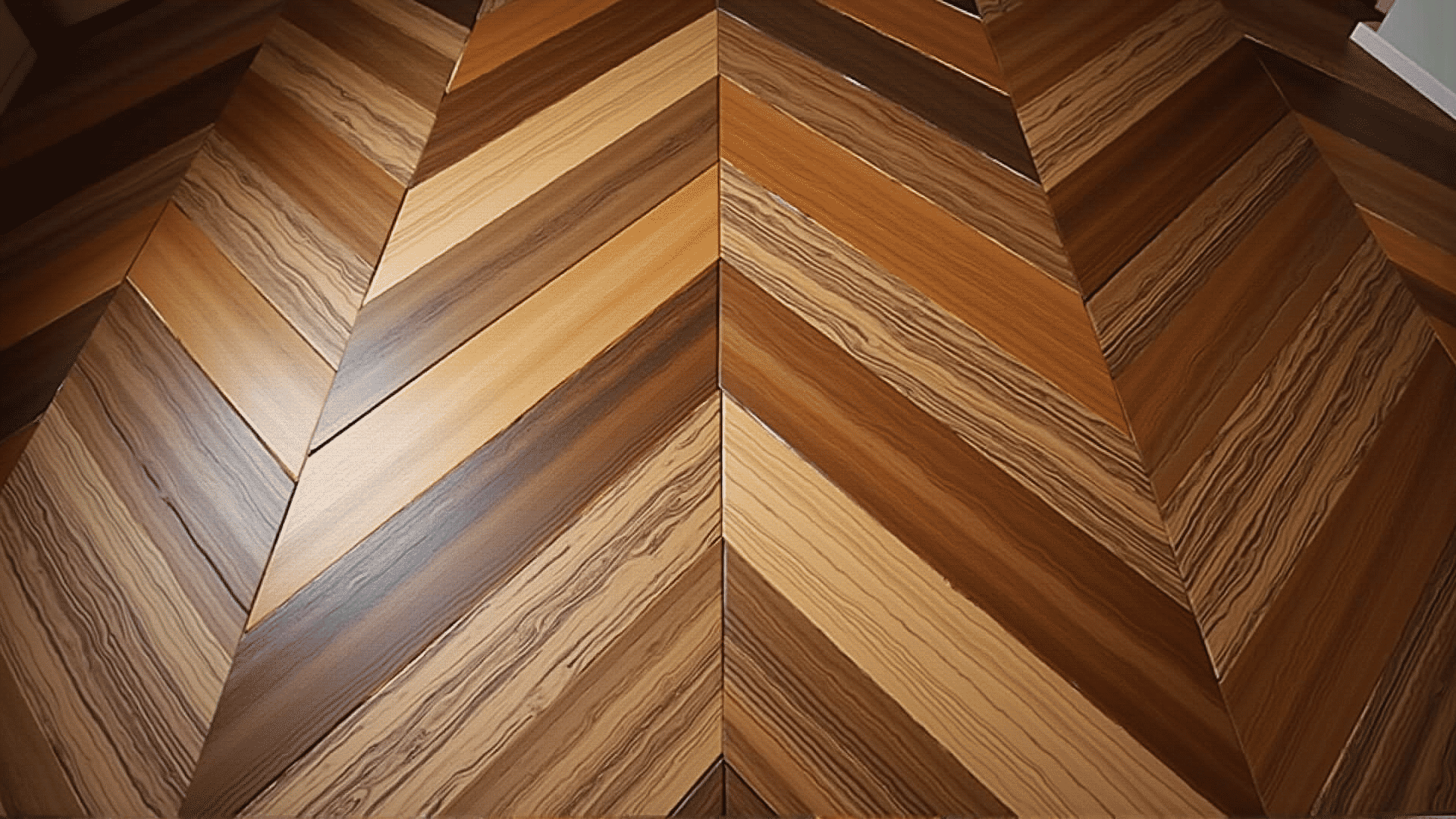When it comes to flooring, the patterns we choose can significantly influence the aesthetic and feel of a space. Among the myriad of options available, herringbone and chevron patterns stand out for their timeless elegance and versatility. These designs have long been favored not only for their visual appeal but also for their ability to bring a unique character and depth to interiors.
Herringbone Pattern: A Timeless Classic
The herringbone pattern is characterized by its staggered, zigzag formation, where rectangular blocks are laid at a 45-degree angle to create a distinctive V-shaped weave. This configuration mimics the skeleton of a herring fish, which is where it derives its name. Herringbone has historical roots, originally used by the Romans for stable road paving, evolving over centuries into a popular flooring choice.
One of the most significant advantages of the herringbone pattern is its adaptability. Whether in wood, tile, or laminate, it complements both modern and traditional interiors. The intricate layout enhances the perception of space, making it an excellent choice for small rooms or narrow corridors. Additionally, herringbone's ability to play with light and shadow adds another layer of dimension, enriching the ambiance of any room.
Chevron Pattern: Bold and Modern
Chevron, although similar to herringbone, presents a more bold and modern appearance. Unlike herringbone's staggered setup, chevron is characterized by a seamless V-shaped design, where the ends of each piece are cut at an angle, typically 45 degrees, to meet perfectly at a point.
The chevron pattern is particularly striking in larger spaces, where its continuous zigzag lines create a sense of flow and dynamism. This pattern works beautifully in open-plan areas, where it can draw the eye and lead the viewer through the space. Chevron's modern flair makes it a favorite in contemporary interiors, yet its roots trace back to ancient civilizations, where it graced structures from Greece to ancient Egypt.
Choosing the Right Pattern for Your Space
When deciding between herringbone and chevron, consider the atmosphere you wish to create. Herringbone's subtle sophistication makes it ideal for those seeking a classic look with a hint of refinement, perfect for living rooms and bedrooms. On the other hand, chevron offers a dramatic statement, suitable for modern kitchens, hallways, and commercial spaces.
Color and material also play crucial roles in the overall effect. Light woods and tiles work well with these patterns to create airy, expansive rooms, while dark tones can impart coziness and warmth. In both patterns, the material's texture can further enhance the design, whether it's the rich grain of natural wood or the sleek finish of ceramic tiles.
Installation: A Craft of Precision
The installation process for both herringbone and chevron patterns requires a high level of skill and precision. Measurement accuracy is critical, as even slight misalignments can throw off the entire design. Engaging professional installers is highly recommended to achieve the best results, ensuring each piece fits perfectly and the pattern flows seamlessly across the space.
Conclusion: Elevating Interiors with Classic Patterns
Incorporating herringbone or chevron patterns into your flooring is an excellent way to elevate the design of any room. Their enduring appeal lies in their ability to bridge the gap between old-world charm and contemporary style. Whether you're renovating a quaint historical home or designing a new modern build, these patterns offer a timeless solution that suits a wide range of tastes and interior designs. Embrace the elegance of herringbone and chevron, and watch as they transform your space into a work of art.
